Text
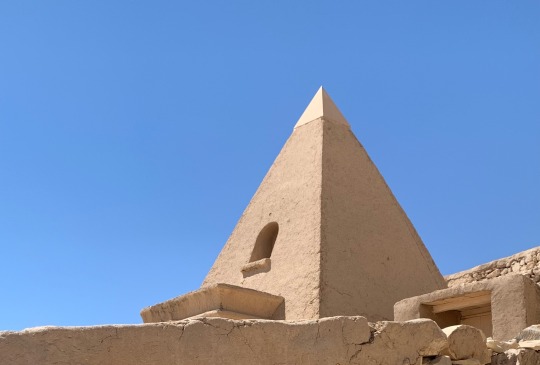
Miniature pyramids built over the graves of the workmen for the Valley of the Kings. More than a millennium after the Giza pyramids were built, the tomb-builders of Egypt's New Kingdom still sought to reference their form in their own graves.
Deir el Medina (the village where they lived and where these tombs were built) is not a reflection of everyday life in Egypt. There is plenty of evidence that it was more like a holy/sacred community. For one thing, the proximity of these tombs to the village itself is unusual. The Egyptians liked to separate out their spaces for living and dying. That the tomb artists removed themselves from regular society to live on the edge of the desheret (dry land) rather than on the more hospitable land at the River's edge, suggests that they were already associating themselves with death and the afterlife (unsurprising, I suppose, given that their lives were dedicated to decorating tombs).
Interesting parallels play out in Egypt's later history. Take, for example, Akhenaten and his decision to build a new city on a desert plain, dedicated to his god. Did that action mirror, on a grander scale, the building of a place like Deir el Medina and the dedication of its inhabitants to their service of the gods? A thousand years later still, monasticism in Egypt took on a very peculiar form, in which monks would remove themselves from civilization to live in walled communities, again in the desert. The extent to which these dedicated communities inspired one another over the years is up for debate, but the similarities are perplexing - elite, religious communities, dedicating themselves to a purpose, and isolating themselves from the rest of their community.
Tldr: I get tired of folks acting like Deir el Medina was a 'typical village'. It really, really wasn't.
63 notes
·
View notes
Text
just because someone can articulate their point better doesn’t make them right, it makes them articulated.
364K notes
·
View notes
Text
The discourse on terrorism is generally devoid of historical perspectives (‘terrorists are pure evil’ is one popular trope) and lacks any positionality because, it is assumed, terrorists simply live outside of morality and social norms. But such ahistorical and essentialist attitudes came to haunt this discourse when a former terrorist, Nelson Mandela, became a Nobel Peace Prize winner, or, more recently, when Osama bin Laden, a former American ally, ‘turned’ terrorist. The discourse on terrorism also does not account for state terrorism, whereby state institutions such as the army or police inflict violence on civilian populations, as was the case in Nicaragua and Chechnya (and by the US via the Contras). This last point is particularly missing from the discourse on the Palestinian–Israeli conflict. All attacks on Israelis, whether inside the 1967 border or outside, whether targeting soldiers or civilians, are dubbed terrorist attacks. But dropping a one-ton bomb from an Israeli airplane on a five-story Palestinian house, in which a militant may be present, knowing full well that dozens of civilians will be killed, is hardly ever described in Western media as terrorism.
Dorit Naaman, 2007
7K notes
·
View notes
Text
2K notes
·
View notes
Text
AOC is at the Columbia encampment. The students need to wise up fast and kick her ass out.
4K notes
·
View notes
Text

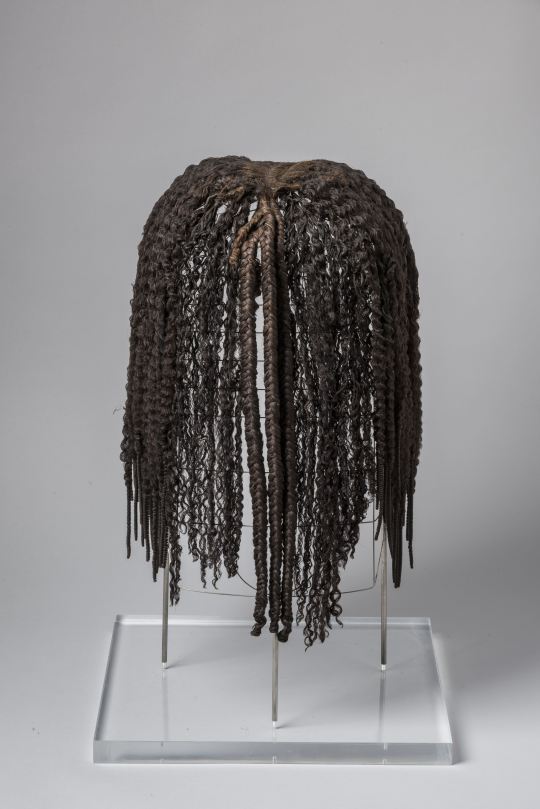



Merit’s wig - Museo Egizio Collection
Inventory Number: S. 8499
New Kingdom, Pre Ramesside, Dynasty 18. 1425–1353 BCE. Reign: Amenhotep II / Tuthmosis IV / Amenhotep III
Location Information: Deir el Medina / tomb of Kha (TT8)
Description:
Another exceptional artifact that belonged to Merit is her wig, made with real locks of hair that were sewn together and braided. The hair is parted in the middle and curled into ringlets that end with braids on either side of the face and on the back of the neck. This type of hairdo was often decorated with flowers and diadems, which were very fashionable in the mid-18th dynasty, as can be seen in the paintings and statues of the period.
58 notes
·
View notes
Photo

European bee-eater and hornet
Photographed by Jörg Stemmler
573 notes
·
View notes
Text
One thing that really pisses me off is the people who ONLY bring up collective action of any kind to try to shut down anyone suggesting that people do literally anything to try to improve a systemic problem.
(Except maybe voting. A lot of these types love to talk about how voting is the only thing you can really do.)
Like over half of the times I've seen this "well actually, individual actions don't make much difference" phenomenon, it's been in response to calls FOR collective action, calls TO organize, or to join and support existing mass movements.
(I've literally seen people call it "Americanized individualism" for an existing activist movement to ask people in general to take part in an organized boycott!)
The whole point of collective action is that a lot of individuals pulling in the same direction, and encouraging others to join in and help out, can make a big difference.
The whole point is to direct your efforts to areas where you can get a whole lot of other people pulling the same direction as you!!
It's not "well I'm not literally 20000 people so I guess I can't do anything at all!!
(and if you try to do anything (or worse, ask me to do anything), you must just not understand about collective action 😌)"
54 notes
·
View notes
Text

“A young Armenian girl puts roses near skulls of Armenian nationals, victims of the 1915 genocide, inside a church in Antelias, north of Beirut.”
Photographed by Marwan Naamani.
24 April 2007.
1K notes
·
View notes
Text
8K notes
·
View notes
Text

An important screenshot from Orville’s Instagram
1K notes
·
View notes
Text
62K notes
·
View notes
Text

today on neat hozier retweets: disappearing birds!
83K notes
·
View notes
Photo


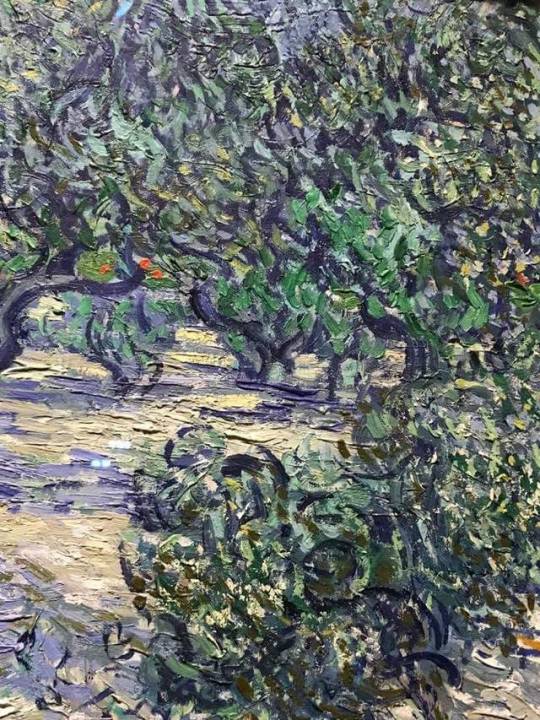
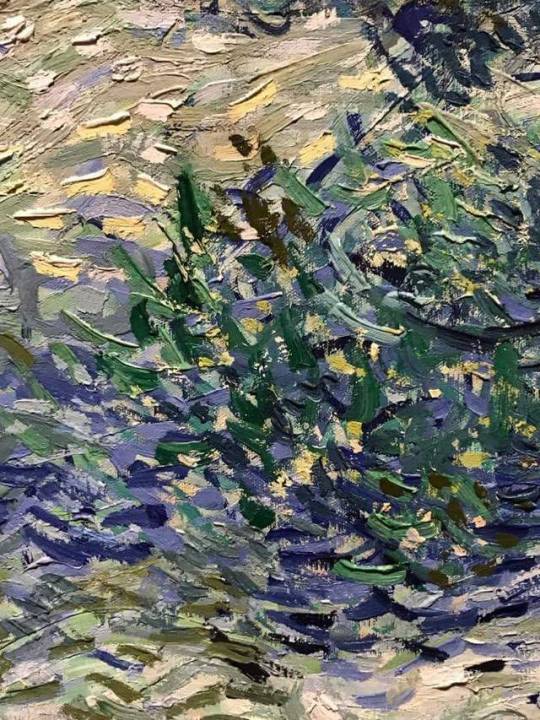
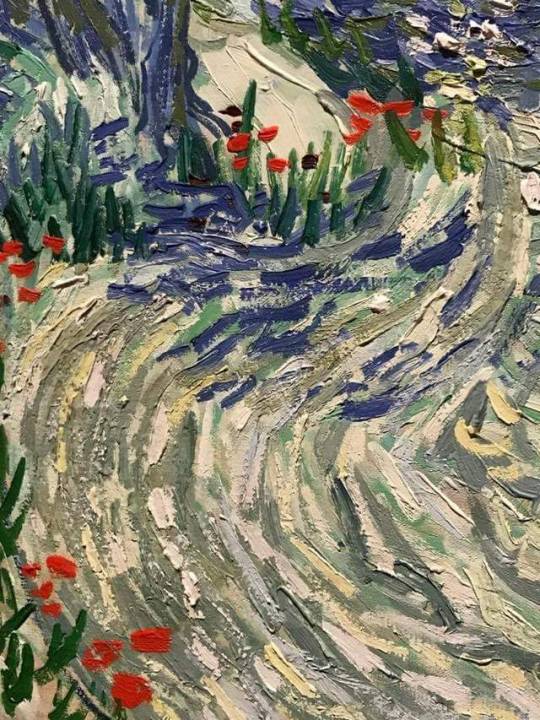
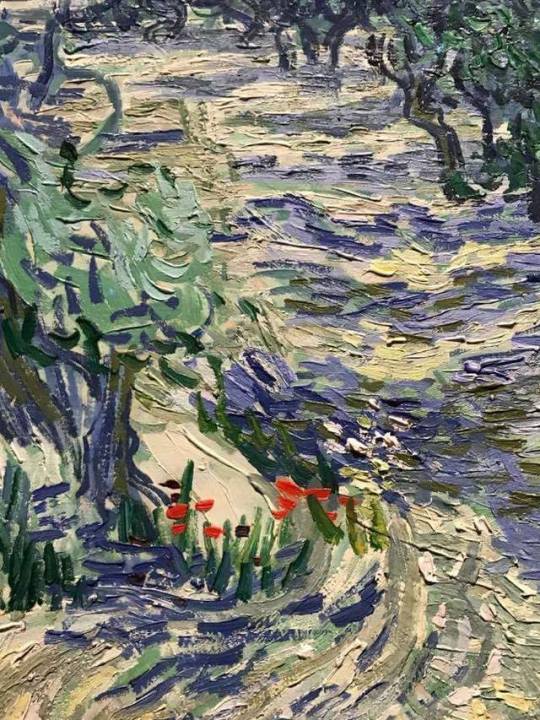
Vincent van Gogh - Olive Trees.
{This painting comes from a series of 15 canvases that Vincent dedicated to the subject of olive trees during his stay at the asylum of Saint-Rémy-de-Province, where he committed himself after suffering a series of breakdowns. When free to wander the countryside, he explored the region’s olive groves. “The murmur of an olive grove,” he wrote to his brother Theo, “has something very intimate, immensely old about it.”}
367 notes
·
View notes

